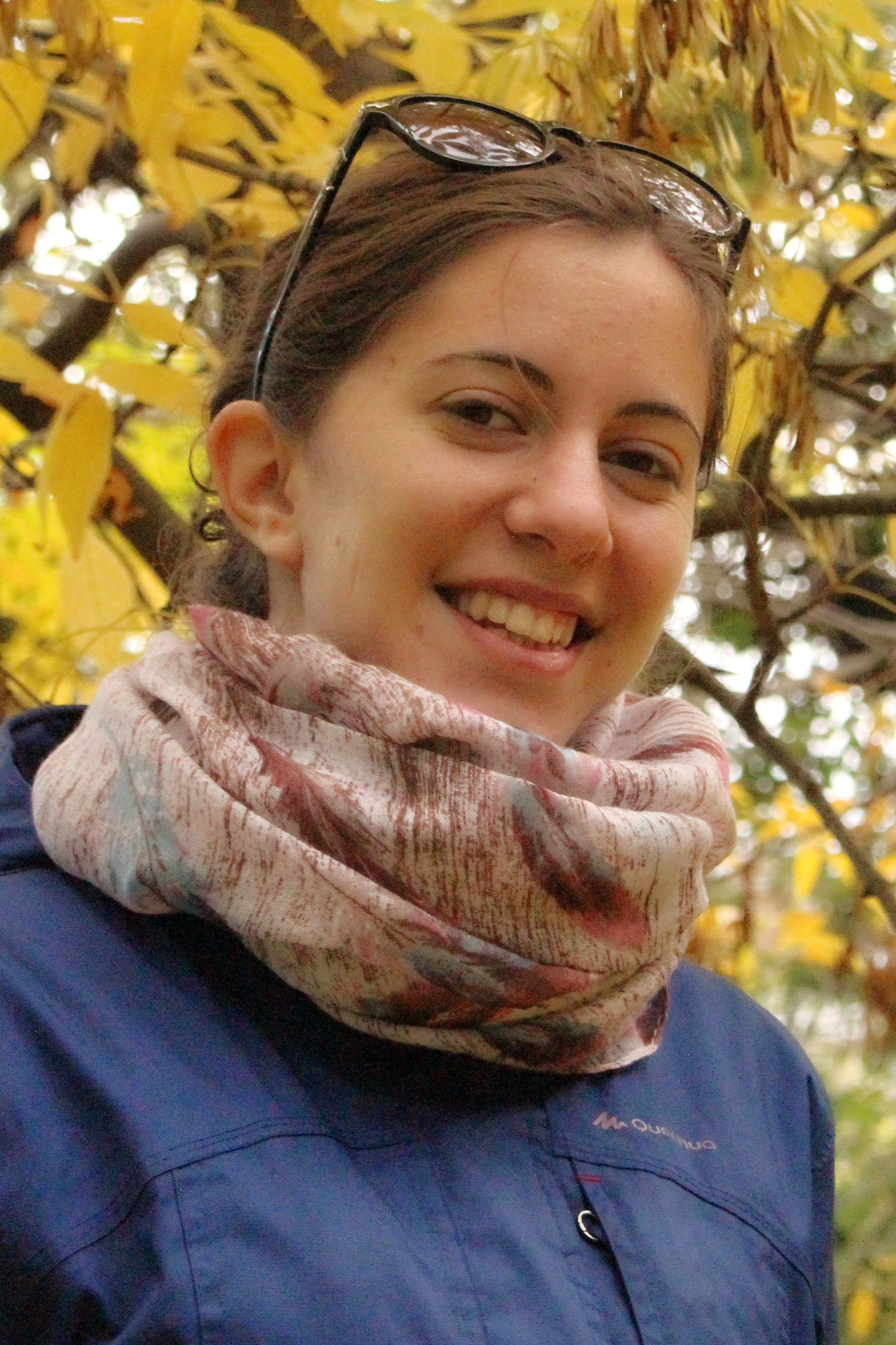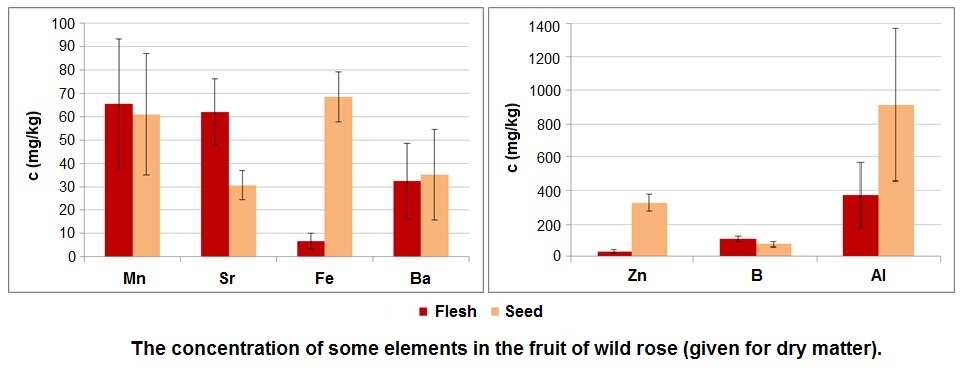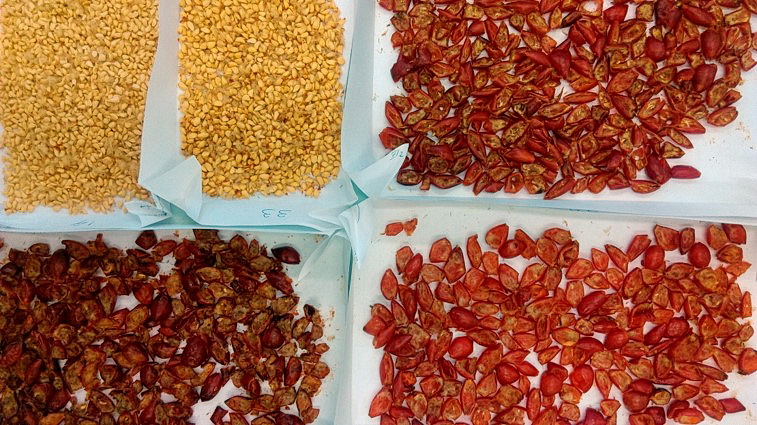Home / Research with students /
11/08/2018
Mineral components of the wild rose hip
Student: Emese Nagy, MSc, 2nd year
Scientific advisor: Andreea Rebeka Zsigmond, PhD, assistant professor

Medicinal plants were important and are still important in the lives of Transylvanian people. These plants are present in the everyday menu in the form of teas, jams, canned fruits, or they are consumed fresh. One of the preferred fruits is the rose hip, which is the fruit of the wild rose (Rosa canina). The most important substances it contains are the vitamins (B, C, D, K). The vitamin C content of this fruit places this plant in the front line of the medicinal plants. In contrast with its organic compounds, the mineral content of the rose hip hasn’t been deeply studied, so we aimed to assess the elemental composition of wild rose hip coming from Harghita County.
We sampled a total number of 49 shrubs from three hills close to Odorheiu-Secuiesc city in September 2017. From each shrub we collected about 200 g berries. The collected samples were processed in laboratory. After washing, we separated the rosehip seeds from its flesh. Then the samples were dried, powdered and sieved followed by digestion at atmospheric pressure in acidic-oxidative medium. Finally, an MP-AES spectrometer was used to determine the concentration of the elements. The data obtained were statistically processed and analyzed.
Our results showed that the majority of the mineral substances (for examples aluminium, copper, iron, molybdenum, zinc) were stored mostly in the seeds. Few elements (like boron, potassium, strontium) were present in higher concentrations in the flesh. Other elements like barium and manganese were evenly distributed in the two parts of the fruit. The greatest differences in the concentrations we found for iron and zinc, these elements were 6-10 times abundant in the seeds than in the flesh.

The aluminium was present in the highest concentration, both in the seeds (~300-440 mg/kg dry weight – d. w.) and in the flesh (~900-1300 mg/kg d. w.). The smallest concentrations were found for lead (~1,4-2,7 mg/kg d. w. in the flesh and ~0,9-1,6 mg/kg d. w. in the seed) and molybdenum (1,5-2,3 mg/kg d. w. in the flesh and 3,8-5,0 mg/kg d. w. in the seed).

When the rose hip is processed for consumption, the seeds are generally thrown away. For this reason, we assessed the nutritional value of the rose hip flesh, only. As a reference quantity, we considered 100 g d. w. of flesh. We used as reference intake values the recommendations of the European Food Safety Authority (EFSA), actualized in 2017 (EFSA, 2017). Based on these values we can say, that the flesh of the rose hip can supply the necessary amount of manganese and molybdenum, but it dosen’t satisfy at all our dayly need of calcium, copper, magnesium, iron and zinc. As for the aluminium, the EFSA emitted a recommandation for the maximum weekly intake of 1 mg/kg body weight (EFSA, 2008). This means, that an adult with a body weight of 70 kg should not exceed the weekly 70 mg aluminium intake. Thus, the content of 30-44 mg in 100 g dry rose hip flesh does not represent a threat to an adult, but could be risky for a child. The lead is another toxic metal to the human body, and the maximum admissible level given by the 1881/2006 EC regulation for berries is 0,20 mg/kg fresh weight. Knowing that the rose hip has a water content of 82-85%, this value turns to ~1,5 mg/kg dry flesh. Our results for lead are around this limit arising concern about the consumption of this fruit.
In conclusion we can say, that the wild rose hip coming from Harghita County has a low content of mineral substances, although the manganese and molybdenum concetrations in the flesh are remarkable. Some toxic elements, like the aluminium and lead may represent a risk for the safety consumption of this fruit.










